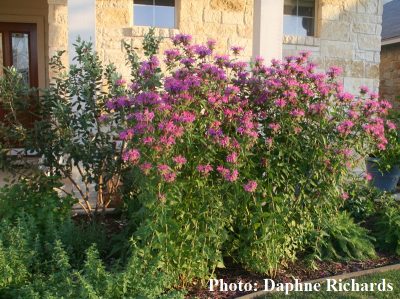What are these black spots on my lemons?
Thanks to Chris Lalich for this great question! His Meyer lemon trees have been in the ground for six years and he’s had a huge crop of lemons the last year.
Every year though, most of the lemons are covered with small black spots, which are only on the rind and don’t affect the quality of the fruit inside. We noticed from the photos that a few of the fruit appeared to have bird pecks, but the tiny black all-over speckles seemed to be something else.
Monte Nesbitt, Texas A&M AgriLife Extension fruit specialist confirmed that the large scar is the result of a bird pecking, very common when birds are looking for moisture.
The black, peppery spots are a fungal disease called Melanose. In some cases the damage can appear in streaks, where it follows the flow of moisture down and around the fruit. It usually first develops on leaves and twigs, but most people don’t notice it until the fruit is affected.
Although it can get bad enough to cause some twig dieback, it’s not harmful to handle or eat, but presents a problem for people in the business of selling fruit, who need their product to look attractive.
The fungus needs moisture to thrive in the spring, and the late spring rainy weather and cloudy days we’ve had the last few years are the perfect environment for this disease to thrive. It can be prevented or curtailed with application of basic copper sulfate, applied as a late winter foliar spray, but NOT when trees are blooming.
The fungus overwinters on twigs and foliage, so breaking the cycle on the fruit will require the copper to be coated on the tree before it produces its next crop.








